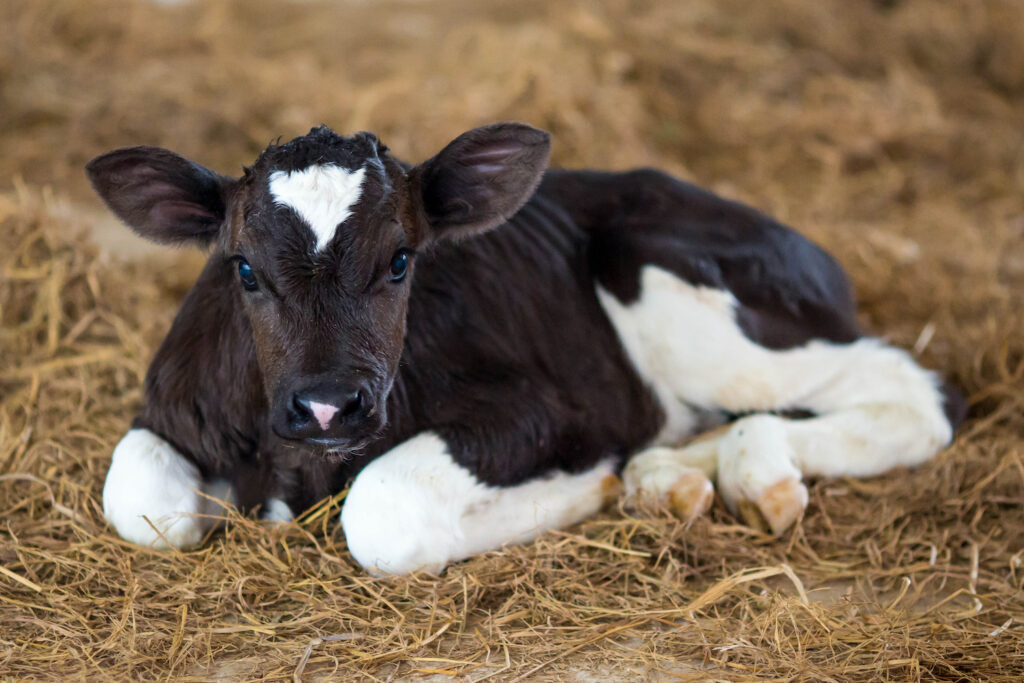New educational materials for managing calf scour
5th February 2021
MSD Animal Health has launched a suite of educational materials to help calf rearers and their advisers improve the management of costly scour problems.
New materials from MSD encourage a focus on three key areas for improved, sustained calf scour control: maximising calf immunity; identifying any causal agents; and effectively managing an outbreak of calf scour on farm.
“Even with good disease prevention protocols in place, calf scour outbreaks can still occur. But when they do, remedial action should focus on these three key areas to resolve the outbreak as quickly as possible and reduce the chances of another costly event happening in the future,” says veterinary adviser Dr Kat Baxter-Smith.
Calf scour is highly prevalent on UK farms and the most common cause of morbidity and mortality during the pre-weaning period. According to a 2020 survey of more than 300 farms, over 80 percent of UK calf rearing units had seen a case of scour in the previous 12 months; with 50 percent of farms admitting to experiencing calf deaths due to the disease. Costs are estimated at £57.94 per case but this does not include the longer-term impacts of the disease on future calf productivity.
Controlling scour
Dr Baxter-Smith says that when it comes to maximising calf immunity, quality colostrum provision and dam vaccination are the foundations of better scour control.
“Only feed plenty of good quality colostrum checked with either a colostrometer or Brix refractometer. Boosting colostrum quality by dam vaccination can also help maximise the protection colostrum is able to give to the calf.
“However, if you do still have to deal with a calf scour outbreak, identifying any causal pathogens is also important. This will guide subsequent treatment, management and appropriate longer-term disease prevention strategies.”
Dr Baxter-Smith says that faecal sampling is the easiest and quickest way of identifying the common agents involved in any scour problem. “On-farm test kits can pick up rotavirus, coronavirus, E.coli and cryptosporidium, which are the most prevalent infectious scour causing organisms. And once you have identified a particular causal agent or agents, you can then work with your vet to implement the most effective treatment protocol and put in place measures to stop the problem happening again.”
Looking after calves
She adds that alongside pathogen identification, it is also important to look after any scouring calves and improve environmental factors.
“This should involve isolating sick animals to minimise disease spread, rehydrating via oral or intravenous fluid therapy as necessary, and thoroughly cleaning and disinfecting the calf accommodation and any feeding equipment.
“Sick calves should also be made as comfortable as possible to aid their recovery. If calves are cold, energy reserves will be used up keeping warm and not fighting infection. Consider heat lamps, calf jackets and increasing the amount of dry, fresh bedding available.
“Calf pens should also be well ventilated and drain well because a damp environment is a cold environment.”
The educational materials available include an easy-to-follow, practical scour management guide for farmers, a more detailed version for vets and an in-store ‘Managing a Calf Scour Outbreak’ poster for display in animal health product retail outlets.
Farmers interested in more bespoke disease management advice for their own particular farm situation should contact their veterinary practice for further information.

